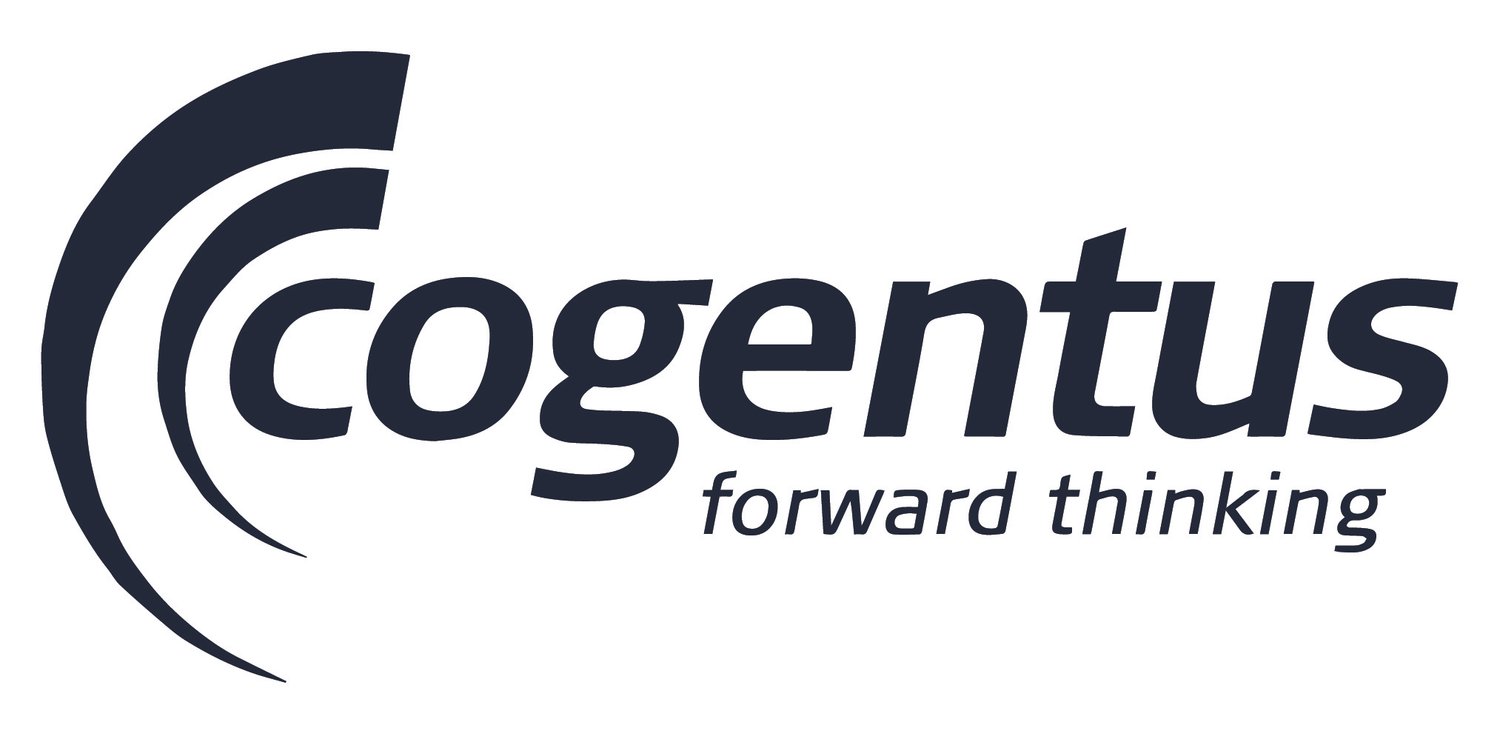Wednesday March 21
Today, the exhibition hall closed at lunchtime, so it was the last opportunity to visit the stands and meet vendors.
There were still plenty of presentations going on in the morning with Rob Owen (PaR) describing the crane system - tensile truss - being used at Chernobyl and Chris Belcher (Veolia) describing the remote handling technologies being developed for the Dounreay shaft.
There was also a panel session that focused on how innovations in science and technology can augment nuclear and industrial safety performance across the DOE Complex. Jeff Griffin (SRNL) and Marty Reibold (Fluor-BWXT Portsmouth) both gave interesting talks.
I took the time to have a final look at the graduate and post graduate posters. As usual they were extremely technical! Probably the best one for me was by Darryl Messer (Manchester Uni) on the gas phase of PuO2 packages. Obviously, it is complex science but the poster was very well laid out and interesting - you could follow the work without having a PhD in chemistry.
In the afternoon there was a session covering infrastructure improvements in aging facilities. Garry Yaraskavitch (AECL) gave a presentation on the International Technical Information Exchange meeting held in Ottawa in June 2017. We facilitated that meeting which included DOE, United Kingdom and Canadian officials. Working groups have since been established to carry on the work and to communicate the benefits in investing in infrastructure. Here's a photo of the participants visiting Chalk River.
Christian Seavoy (MSA) at Hanford discussed the energy efficiency projects designed to save costs in the future that will then help to release more funding.
A common issue in aging infrastructure is the challenge to get adequate funding as it competes with near-term mission-related projects. A balance of funding the near-term work with the longer-term work is what is required. Laurie Judd (L&A) is managing an ongoing project to focus on this specific issue.





